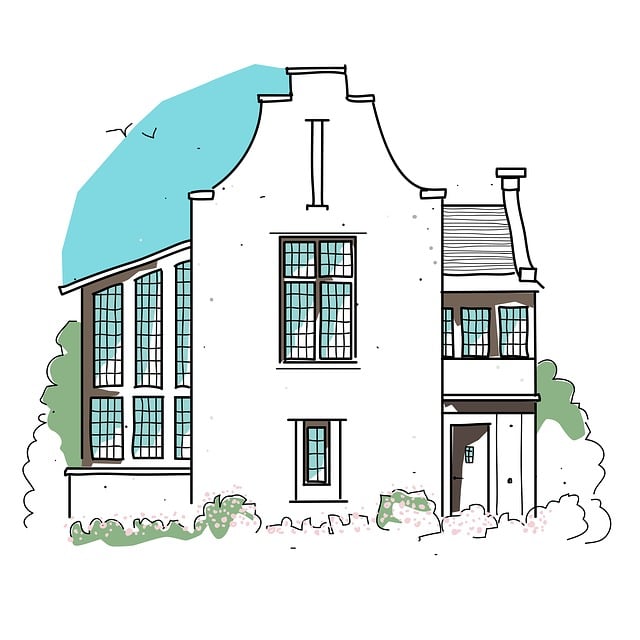Now, let’s talk technique. Ever tried sketching without taking a deep breath? It can be a bit like trying to juggle while riding a unicycle—it’s tricky and stressful. Instead, start with simple shapes like circles, squares, and triangles. These building blocks are the foundations of everything you’ll create. It’s like constructing a tower with Lego: solid foundations lead to incredible structures!
Next up, practice makes perfect. Settle into a routine, even if it’s just doodling for ten minutes a day. What if you challenged yourself to draw the object in front of you? It could be your coffee mug, a plant, or even your pet. This exercise is like a workout for your artistic muscles! The more you flex them, the stronger they get.
Don’t forget to embrace mistakes—they’re not failures but stepping stones. Each smudge or skipped line is a lesson learned. Just think about it: even the greats like Picasso had days when things didn’t come out right. So, make peace with imperfection!
Finally, inspiration is everywhere. Look at the world around you: nature, architecture, or even the way light hits a surface can spark ideas. Drawing as a beginner isn’t about what it looks like; it’s about expressing how you see the world. So grab that pencil and start your journey—you’ve got this!
Materials You Need to Start
First things first, you need a solid foundation. Think of this as the canvas for your masterpiece. Whether you’re painting, crafting, or building, having quality materials is like choosing the perfect brush or tool. For example, if you’re into painting, don’t skimp on those vibrant paints and sturdy canvas. Ever tried painting with dried-out paint? It’s like trying to run a marathon in flip-flops—it just won’t work!

Next up, let’s talk about organization. Imagine trying to bake a cake without measuring cups—it would be a disaster, right? Similarly, a good set of tools to keep your materials in check is vital. Grab a handy toolbox or an organized craft box to make sure everything is within reach when inspiration strikes. You want to keep clutter away so you can focus on unleashing your creativity!
Now, don’t forget about your workspace. A comfortable, well-lit area can make all the difference. Think of it as your creativity oasis. Whether it’s a corner of your kitchen table or a dedicated craft room, make sure it’s a place where ideas can flow freely.
Lastly, let’s sprinkle in some safety gear, especially if you’re working with sharp objects or high temperatures. It’s like making sure you wear a helmet for a bike ride—better safe than sorry!
So, what are you waiting for? Gather these materials, set up your space, and let your creativity take flight. You’ve got this!
Basic Techniques for Beginners
Let’s say you’re picking up a musical instrument for the first time. The most essential techniques, like how to hold your instrument or where to place your fingers, can feel like huge mountains to climb. But think of it this way: every pro was once a beginner. Embrace the small wins, like strumming your first chord or hitting that note without a squeak. These little victories build your confidence and keep you moving forward.
In the realm of art, for example, novices often grapple with basic drawing techniques. Have you ever noticed how shading can transform a simple sketch into something that pops? Learning to manipulate light and shadow is like adding a pinch of magic to your artwork. It might seem trivial at first, but with practice, it morphs into a delightful dance of creativity.
When it comes to sports, understanding the foundational techniques—such as the right stance in golf or the proper grip on a tennis racket—is crucial. It’s like building the frame of a house; without a solid framework, the rest is just decoration. Once you get those basics down, everything else becomes a bit easier to tackle.
So, as you embark on this exciting journey of learning, remember that every step counts. Hiccups and mistakes? They’re just part of the process—your stepping stones to mastery. Embrace them and keep going!
























Add comment